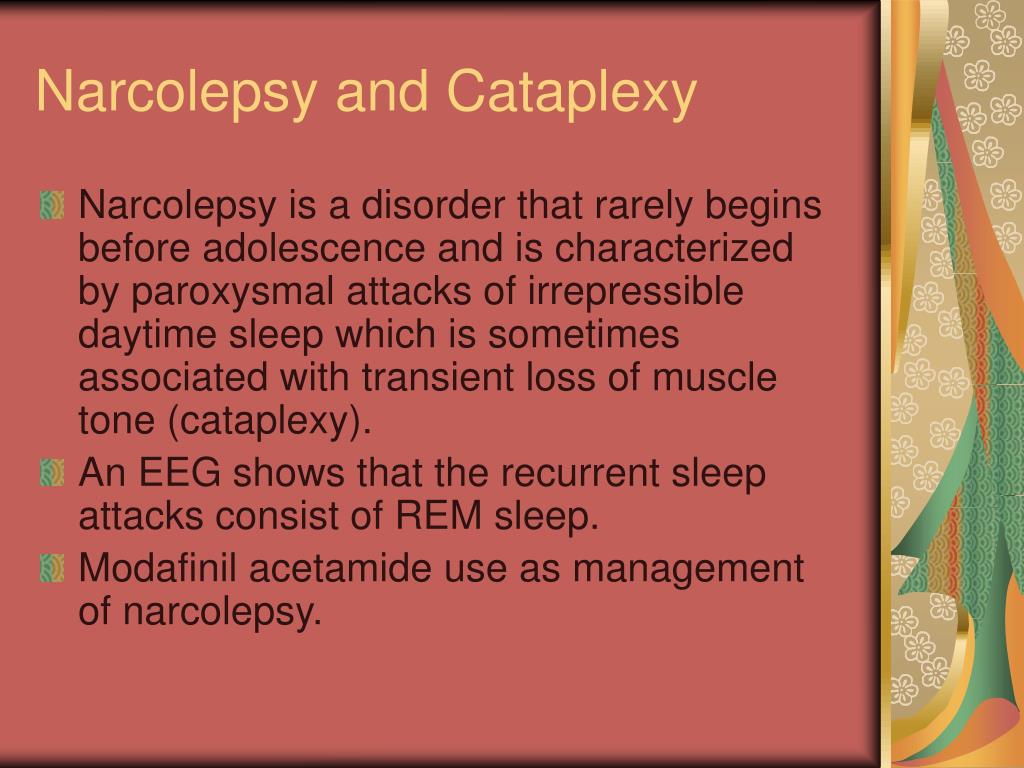


On average, a person with cataplexy will experience one or more episodes each week. The frequency of cataplectic episodes varies from less than one per year to several per day. This autoimmune response causes trib 2 antibodies to form, which target and kill the neurons in the brain that produce hypocretin.

It is thought that narcolepsy may be an autoimmune disorder, but more research is needed.Ī study published in the Journal of Clinical Investigation in 2010 revealed that the loss of hypocretin is caused by an autoimmune response targeting tribbles homolog 2 (trib 2) autoantigens. People with cataplexy have been found to have a certain human leukocyte antigen, variations in T-cell receptors, or dysfunctional immune system responses to certain antigen exposures. Hypocretin is a neurotransmitter involved in the promotion of wakefulness within the sleep/wake cycle, The exact underlying cause of this intrusion is unknown, but a loss of neurons that produce hypocretin (also known as orexin) is thought to be a major contributing factor. The REM sleep disassociation hypothesis suggests that cataplexy is the muscle paralysis that normally occurs during REM sleep intruding into waking hours.


 0 kommentar(er)
0 kommentar(er)
